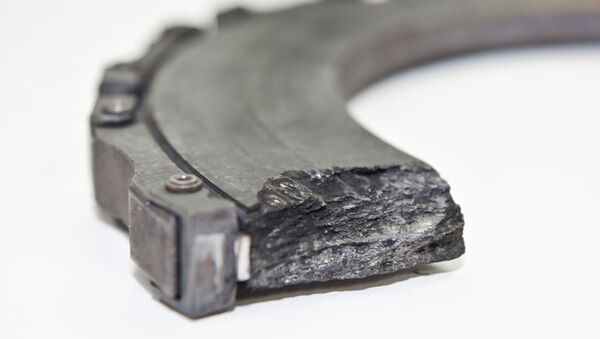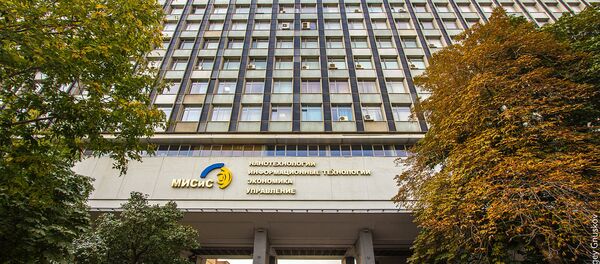Scientists and companies in various countries are doing their best to develop more reliable and durable aircraft braking systems; this is seen as an important issue.
Most braking systems feature disks made from composite carbon-carbon materials that heat up considerably when subjected to compression fatigue. These materials must become more resilient.
A team of researchers from NUST MISIS' Center of Composite Materials headed by a senior research fellow Andrei Stepashkin signed a contract with Russian-based Rubin Aviation Corporation to study the fracture toughness of various composite materials that are regularly subjected to changing loads.

NUST MISIS researchers used materials based on discretely-reinforced carbon fiber and a carbon matrix, developed by Rubin. The materials being tested differed in terms of final thermal treatment temperatures and reinforcing techniques. Researchers wanted to determine how these factors influence the material's resistance to cracking and the spread and to choose alternatives for streamlining the production process.
"Braking systems are usually inspected after a certain number of landings, rather than after each flight, because it requires dismantling the wheel assembly. Aircraft structures and their materials should, among other things, be damage-resistant. This means that if a crack forms in a brake disk immediately after an inspection, it should not increase any further and cause the structure to disintegrate until the next inspection," Stepashkin told RIA Novosti.
According to Stepashkin, NUST MISIS tests show that materials reinforced with discrete carbon fiber resist the propagation of cracks perpendicular to the fiber more effectively. And materials reinforced with carbon matrix are better suited to withstand the spreading of cracks along the carbon fiber.
READ MORE: Russian MISIS University Creates Rapid Tests to Diagnose Cardiac Arrest, Sepsis
By combining both reinforcing types (for example, during the laying of multi-layer materials), it becomes possible to increase the fracture toughness of materials in both directions for better endurance and reliably.
"Braking systems made of more reliable materials can be inspected less frequently reducing aircraft operation and maintenance costs," Stepashkin noted.
After completing their tests, NUST MISIS experts compiled recommendations to increase the fracture resistance of current and advanced composite materials for braking systems.




